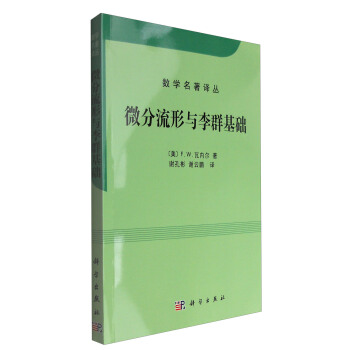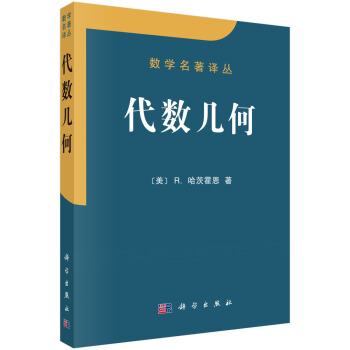![国外数学名著系列(续一 影印版)42:无约束最优化与非线性方程的数值方法 [Numerical Methods for Unconstrained Optimization and Nonlinear Equations]](https://pic.tinynews.org/11906199/57431b87Nfd45b2aa.jpg)

具体描述
内容简介
This book is a standard for a complete description of the methods for unconstrained optimization and the solution ofnonlinear equations....this republication is most welcome and this volume should be in every library. Of course, there exist more recent books on the topics and somebody interested in the subject cannot be satiated by looking only at this book. However, it contains much quite-well-presented material and I recommend reading it before going ,to other.publications.内页插图
精彩书评
★"...For anyone who needs to go beyond the basic treatment of numerical methods for nonlinear equations given in any number of standard numerical texts this book is ideal"——Duncan Lawson, Mathematics Today, August 1998.
★"With 206 exercises aiming to illustrate and develop the ideas in the text and 134 bibliographical references, this very well written and organized monograph provides the basic inJbrmation needed to understand both the theory and the practice qf the methods'for solving problems related to unconstrained optimization and systems of nonlinear equations."
——Alfred Braier, Buletinul lnstitutului Politehnic Din lasi, Tomul
XLII(XLVI), Fasc. 3-4, 1996.
★"This book is a standardJor a complete description of the methods for unconstrained optimization and the solution of nonlinear equations. ...this republication is most welcome and this volume should be in every library. Of course, there exist more recent books on the topic's and somebody interested in the subject cannot be satisfied by looking only at this book. However, it contains much quite-well-presented material and I recommend reading it before going to other publications."
——Claude Brejinski, Numerical Algorithms, 13, October 1996.
目录
PREFACE TO THE CLASSICS EDITIONPREFACE
1 INTRODUCTION
1.1 Problems to be considered
1.2 Characteristics of"real-world" problems
1.3 Finite-precision arithmetic and measurement of error
1.4 Exercises
2 NONLINEAR PROBLEMS IN ONE VARIABLE
2.1 What is not possible
2.2 Newton's method for solving one equation in one unknown
2.3 Convergence of sequences of real numbers
2.4 Convergence of Newton's method
2.5 Globally convergent methods for solving one equation in one unknown
2.6 Methods when derivatives are unavailable
2.7 Minimization of a function of one variable
2.8 Exercises
3 NUMERICAL LINEAR ALGEBRA BACKGROUND
3.1 Vector and matrix norms and orthogonality
3.2 Solving systems of linear equations——matrix factorizations
3.3 Errors in solving linear systems
3.4 Updating matrix factorizations
3.5 Eigenvalues and positive definiteness
3.6 Linear least squares
3.7 Exercises
4 MULTIVARIABLE CALCULUS BACKGROUND
4.1 Derivatives and multivariable models
4.2 Multivariable finite-difference derivatives
4.3 Necessary and sufficient conditions for unconstrained minimization
4.4 Exercises 83
5 NEWTON'S METHOD FOR NONLINEAR EQUATIONS AND UNCONSTRAINED MINIMIZATION
5.1 Newton's method for systems of nonlinear equations
5.2 Local convergence of Newton's method
5.3 The Kantorovich and contractive mapping theorems
5.4 Finite-difference derivative methods for systems of nonlinear equations
5.5 Newton's method for unconstrained minimization
5.6 Finite-difference derivative methods for unconstrained minimization
5.7 Exercises
6 GLOBALLY CONVERGENT MODIFICATIONS OF NEWTON'S METHOD
6.1 The quasi-Newton framework
6.2 Descent directions
6.3 Line searches
6.3.1 Convergence results for properly chosen steps
6.3.2 Step selection by backtracking
6.4 The model-trust region approach
6.4.1 The locally constrained optimal ("hook") step
6.4.2 The double dogleg step
6.4.3 Updating the trust region
6.5 Global methods for systems of nonlinear equations
6.6 Exercises
7 STOPPING, SCALING, AND TESTING
7.1 Scaling
7.2 Stopping criteria
7.3 Testing
7.4 Exercises
8 SECANT METHODS FOR SYSTEMS OF NONLINEAR EQUATIONS
8.1 Broyden's method
8.2 Local convergence analysis of Broyden's method
8.3 Implementation of quasi-Newton algorithms using Broyden's update
8.4 Other secant updates for nonlinear equations
8.5 Exercises
9 SECANT METHODS FOR UNCONSTRAINED MINIMIZATION
9.1 The symmetric secant update of Powell
9.2 Symmetric positive definite secant updates
9.3 Local convergence of positive definite secant methods
9.4 Implementation of quasi-Newton algorithms using the positive definite secant update
9.5 Another convergence result for the positive definite secant method
9.6 Other secant updates for unconstrained minimization
9.7 Exercises
10 NONLINEAR LEAST SQUARES
10.1 The nonlinear least-squares problem
10.2 Gauss-Newton-type methods
10.3 Full Newton-type methods
10.4 Other considerations in solving nonlinear least-squares problems
10.5 Exercises
11 METHODS FOR PROBLEMS WITH SPECIAL STRUCTURE
11.1 The sparse finite-difference Newton method
11.2 Sparse secant methods
11.3 Deriving least-change secant updates
11.4 Analyzing least-change secant methods
11.5 Exercises
A APPENDIX: A MODULAR SYSTEM OF ALGORITHMS FOR UNCONSTRAINED MINIMIZATION AND NONLINEAR EQUATIONS (by Robert Schnabel)
B APPENDIX: TEST PROBLEMS (by Robert SchnabeI)
REFERENCES
AUTHOR INDEX
SUBJECT INDEX
前言/序言
用户评价
我最近在处理一个涉及高维数据拟合的问题,涉及到大量的参数估计,这本质上就是一个复杂的无约束优化问题。说实话,市面上很多优化书籍,要么过于侧重理论推导而忽视了实际操作的陷阱,要么就是过于偏向某个特定软件库的使用,导致通用性不强。《国外数学名著系列》这个品牌我还是比较信任的,它通常意味着对数学基础的尊重。我期望这本书能详细探讨迭代过程中的稳定性问题,比如如何选择合适的步长因子(line search),以及当目标函数本身存在不光滑性或者梯度信息不可靠时,应该如何调整策略。毕竟,在真实世界中,数据往往是有噪声的,完美的梯度是不存在的。如果这本书能提供针对这些“不完美”情景的应对之策,那它的价值就不仅仅是学术上的,更是实践层面上不可替代的宝典。我希望能从中找到关于拟牛顿法更新矩阵的有效性和收敛性证明的清晰阐述。
评分说实话,我更偏向于那种带着浓厚时代烙印的经典著作,尤其是涉及到算法层面的时候。这套书既然是影印版,想必是收录了某个特定历史时期最顶尖的成果。我很好奇,它在介绍那些经典的求解策略时,对计算复杂度的考量是否足够详尽?现代计算机的算力早已经不是几十年前能比的,但那些算法的核心思想和局限性却是不变的。比如,牛顿法收敛快,但每一步的计算量巨大,而准牛顿法(如BFGS)则是在效率和稳定性之间寻求一个微妙的平衡点。我非常想知道,作者是如何权衡这两种路线的利弊的。一个好的教材,不应该只是罗列公式,更应该提供一个清晰的“决策树”,告诉读者在什么情况下应该选择哪种工具。我希望这本书能给我提供这种深刻的洞察力,让我不再是简单地调用库函数,而是真正理解背后的数学逻辑,这样在程序出问题时,我才能有能力去诊断和修正,而不是束手无策。
评分我个人对这类数值方法类的书籍有一个特别的要求,那就是图示和算法流程图的质量。单纯的文字描述那些复杂的迭代过程,很容易让人迷失在符号的海洋里。我希望这本《无约束最优化与非线性方程的数值方法》能像一本优秀的工程手册一样,清晰地展示每一步的计算流程。例如,当引入共轭梯度法或信赖域方法时,那种局部搜索区域的构建和更新机制,如果能配上直观的二维或三维图形解释,效果会好得多。如果这本书的影印质量够高,能保留原版中那些精美的插图,那简直是太棒了。对于非线性方程求解,比如使用布罗伊登法(Broyden's method),我更想看到它如何逐步逼近雅可比矩阵的逆,而不是仅仅给出一个最终的矩阵更新公式。这种可视化和结构化的呈现方式,能极大地降低学习曲线。
评分对于一个有一定数学基础的读者来说,选择一本经典的数值方法书籍,往往是为了深入理解算法的“哲学”。我好奇这本书如何处理“全局收敛性”和“局部收敛速度”之间的矛盾。很多简单的方法(比如梯度下降)可以保证全局收敛,但速度慢如蜗牛;而高级方法(如二阶方法)虽然局部收敛性极佳,但却可能陷入局部最优。这本书会如何引导读者去理解何时应该放弃局部最优,转而寻求一个“足够好”的解?此外,对于非线性方程组的求解,比如如何处理那些维度极高、但稀疏性很好的问题,书中是否有专门的章节进行探讨?我期待它能超越基础的分析和代数方法,触及一些现代计算数学领域的前沿思想,比如如何有效地利用矩阵分解技术来加速每一次迭代的求解过程。总而言之,我希望它不仅是一本“如何做”的书,更是一本“为什么这么做”的深度解析之作。
评分这本《国外数学名著系列(续一 影印版)42:无约束最优化与非线性方程的数值方法 [Numerical Methods for Unconstrained Optimization and Nonlinear Equations]》的书名,光是看到“无约束最优化”和“数值方法”这两个词,我就忍不住脑子里开始翻腾。我记得我大学那会儿,学数值分析和优化理论的时候,脑袋瓜子就像被塞进了一团浆糊,那些迭代公式、收敛条件,还有各种梯度下降、牛顿法,简直是噩梦般的存在。这套书既然是“影印版”,想来应该是很原汁原味的经典教材吧?我猜里面的内容肯定深入浅出地讲解了如何用计算机去解决那些理论上看起来完美无缺,但实际上操作起来千头万绪的数学难题。尤其是在“非线性方程”这块,怎么处理那些一阶导数都懒得给你的复杂系统?我期待看到那些经典的算法是如何一步步构建起来的,是不是有大量的例子来佐证,而不是干巴巴的公式堆砌。如果这本书能把那些抽象的数学概念,用一种更贴近工程实践的方式呈现出来,那对我们这些在实际工作中需要处理大规模优化问题的工程师来说,简直是雪中送炭。它能不能帮我更好地理解收敛速度的差异,或者在面对病态问题时该如何调整参数?这些都是我非常关心的点。
评分挺好的,需要耐心研读!
评分英文版本,关于一些数值方面的
评分印刷的墨色很浓,很清楚!!!!!
评分印刷不清晰,质量很一般,怀疑不是正版书
评分印刷不清晰,质量很一般,怀疑不是正版书
评分挺好的,需要耐心研读!
评分收藏,还没来得及看
评分印刷不清晰,质量很一般,怀疑不是正版书
评分学习中。
相关图书
本站所有内容均为互联网搜索引擎提供的公开搜索信息,本站不存储任何数据与内容,任何内容与数据均与本站无关,如有需要请联系相关搜索引擎包括但不限于百度,google,bing,sogou 等
© 2025 book.idnshop.cc All Rights Reserved. 静思书屋 版权所有

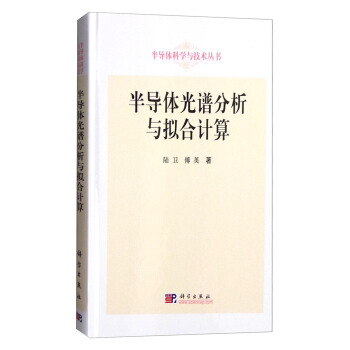
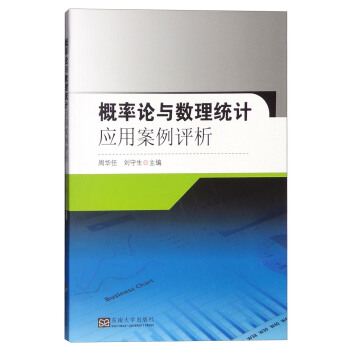
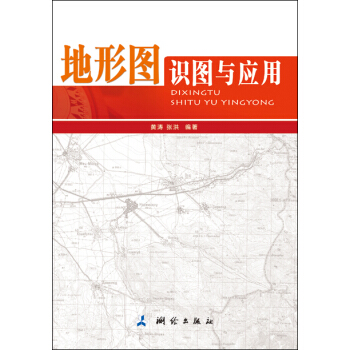






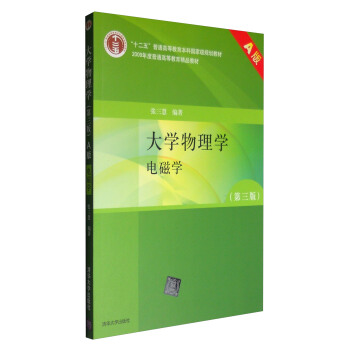


![2016中国生命科学与生物技术发展报告 [2016 China Life Sciences and Biotechnology Development Report] pdf epub mobi 电子书 下载](https://pic.tinynews.org/12015753/584510ebNb1b9d970.jpg)
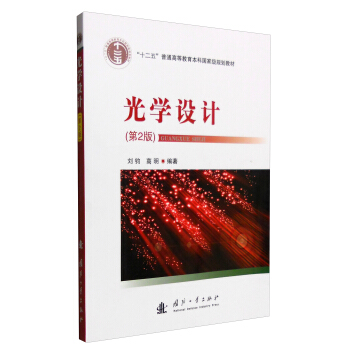
![数学与知识的探求(第二版) [Mathematics And The Search For Knowledge] pdf epub mobi 电子书 下载](https://pic.tinynews.org/12024368/57c55a32Ne3cb3d00.jpg)
